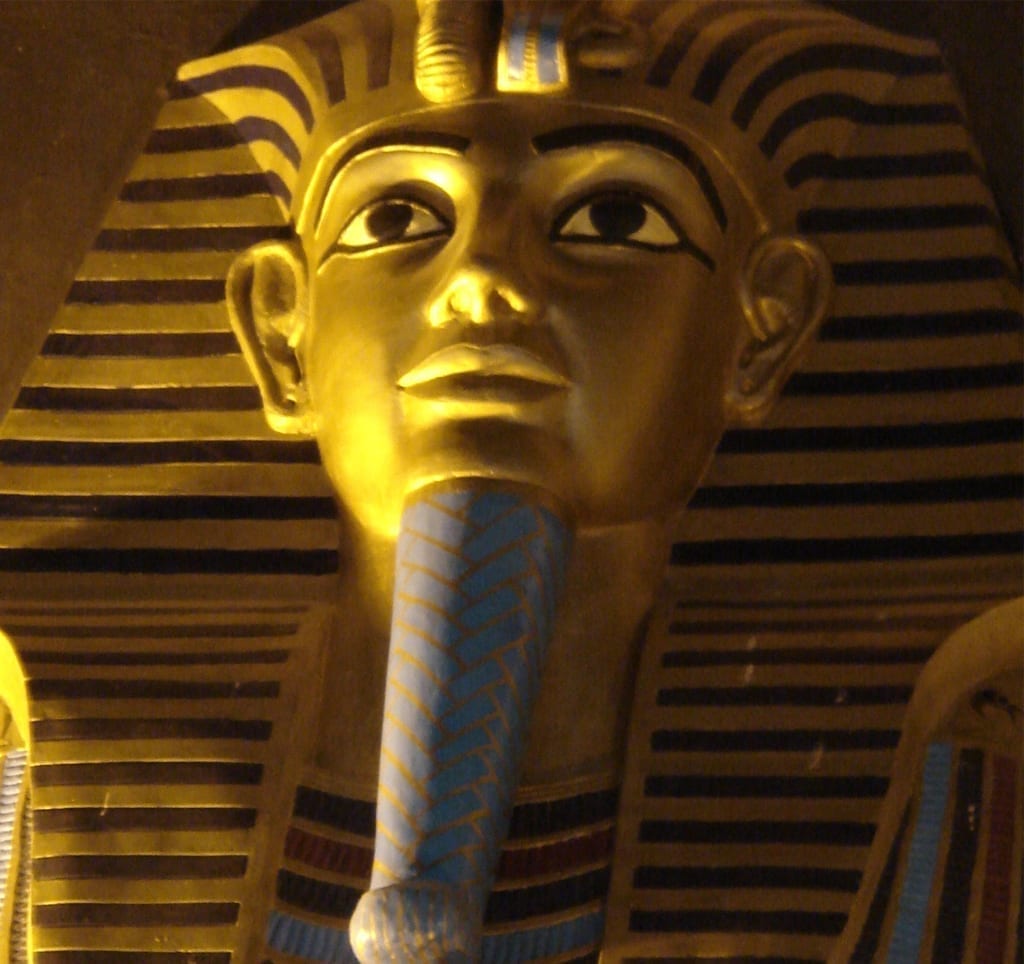Iron of the Sky
King Tutankhamun and the contents of his tomb have enthralled the world since its discovery in the 1920’s. Artifacts from the tomb and even his sarcophagus have toured the globe allowing the people of the world to share in this fascination. Archeologists and Researchers have been equally captivated, and as technology has progressed it has helped to unveil new significances those objects might carry. This most recent case has to do with one of Tutankhamen’s daggers he was laid to rest with inside his sarcophagus. It’s been revealed to be made up of not simply iron, which for its time would be unusual, but that this iron was really meteorite.
Using X-ray fluorescence spectrometry, scientists at the Egyptian Museum in collaboration with researchers from Italy have determined the dagger’s make up to be closely matched to other meteorites in their database. In an article published in the journal Meteoritics & Planetary Science, the combination of iron, nickel and cobalt lead them to suspect its origin as meteorite, as iron was so rarely used for the time. What little iron was produced was usually very low quality?
Furthermore, the authors of the study have said the Egyptians were aware what it was they had.
“We suggest that ancient Egyptian attributed great value to meteoritic iron for the production of fine ornamental or ceremonial objects,” the article goes on to list the composite hieroglyph that is “literally translated as “iron of the sky,” came into use in the 19th dynasty (13th C. BCE) to describe all types of iron.”
“The introduction of the new composite term suggests that the ancient Egyptians, in the wake of other ancient people of the Mediterranean area, were aware that these rare chunks of iron fell from the sky already in the 13th C. BCE, anticipating Western culture by more than two millennia.
“Our finding confirms that excavations of important burials, including that of King Tutankhamun, have uncovered pre-Iron Age artifacts of meteoritic origin.”
You can read more about it here.














